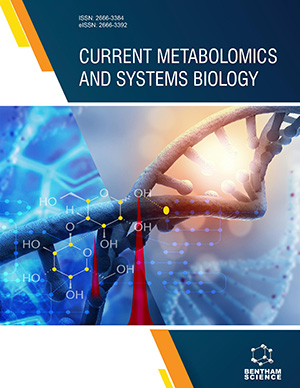Abstract
Microfluidics is changing the way modern biology is performed and is becoming a key technology in the field of micro arrays, DNA sequencing, and Lab on a Chip applications. Microsystems, being compact in size, disposable, and ensuring high speed of analysis using decreased sample volumes, allow to replace large-scale conventional laboratory instrumentation with miniaturized devices, reducing hardware costs, and assuring low reagent consumption and faster analysis. At the microscale mixing of species becomes crucial to i) improve the effectiveness of and ii) speed up chemical reactions, but it is often critical to be achieved, since microfluidics is characterized mainly by very low Reynolds flows, and cannot take advantage of turbulence in order to enhance mixing. Hence, given that diffusion-driven mixing in very low Reynolds number flow regimes is characterized by long time scales, methods for enhancing the rate of the mixing process are essential in microfluidics. In order to enhance mixing, several techniques have been developed. In general, mixing strategies can be classified as either active or passive, according to the operational mechanism. Active mixers employ external forces in order to perform mixing, so that actuation system must be embedded into the microchips. On the contrary, passive mixers avoid resorting to external electrical or mechanical sources by exploiting characteristics of specific flow fields in microchannel geometries to mix species, offering the advantage to be easy to be produced and integrated. In this work, a survey of the passive micromixing solutions currently adopted is presented. In detail, the most widely used microchannel geometries and the metrics used to quantify mixing effectiveness in microfluidic applications are discussed.
Keywords: Microfluidics, microchannel, mixing, active micromixers, passive, micromixers, lamination, split-and-recombine, chaotic advection, dean, vortices, mixing metrics, coloured particle tracking.






















